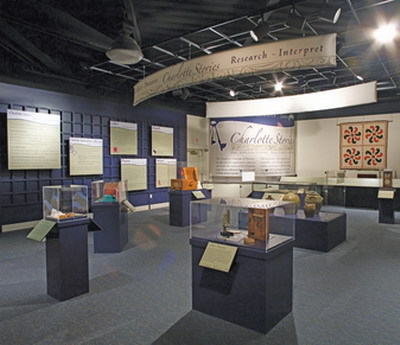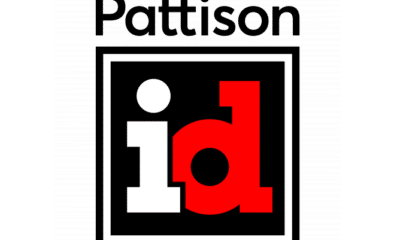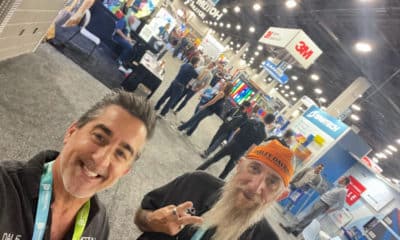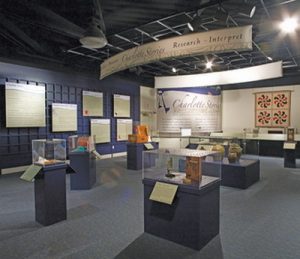ACI Design (Charlotte) has fabricated tradeshow graphics, as well as sidewalk signage, flags and graphics for crowd-control barriers. Dain Richie, the company’s president, said approximately 85% of the company’s clients reside within a 100-mile radius of his shop.
“I’d estimate our shop fulfills approximately 600 orders per year,” he said. “About half comprise graphics with hardware components, and the remainder graphics only.”
Although the company fabricates graphics on any substrate from photopaper to PVC, Richie said the company plies most of its trade with polypropylene and banner-scrim material. The shop utilizes four HP printers — three DesignJet 5500s (two dye-sub and one that uses pigment-based inks) and one HP 8000 that uses low-solvent inks. To protect the graphics, the shop employs a Seal ProS 62-in. and a Coda pressure laminators.
“The only type of work we sub out is UV printing and dye sublimation,” Richie said. “We like to see a technology gain strong foothold before we invest in it. As soon as our volume justifies it], we’ll bring UV printing inhouse.”
Richie estimates two-thirds of his customers present graphic designs already to him, and but smaller companies typically require full design-build management. Although many jobs entail stock materials and hardware, he said customers are more frequently requesting distinct solutions.
Advertisement
“Fabric dye-sublimation is probably the fastest-growing technology in this market right now,” Richie said. “Fabric provides more texture options and can be formed to any shape or frame. For hardware, aluminum has become more popular because it provides a sleek, contemporary look and doesn’t require lamination.”
The company currently doesn’t encounter much demand for LED readerboards or other electronic-digital-signage components in exhibits. Approximately one in four customers require some type of monitor stand.
With the “green” revolution gaining steam, Richie has observed increased demand for recycled fabrics and components increasing: “Material manufacturers are aggressively seeking solutions to meet his demand, and are offering a lot more options. We’ve started advertising these choices much more prominently, and improvements in their production processes has brought their price down, in some cases, to only 5% more than conventional materials. And, of course, aluminum hardware always carries high recycled content because it’s much cheaper to recycle aluminum than to harvest virgin material.”
Due to economics, Richie said customers have increasingly scaled back their booth sizes or stretched the originally intended lifespan for their graphics: “It’s not usually a question of material durability. Some customers make their graphics last more than 10 years; others want to rebrand every two to three years. But, right now, more existing customers are hanging onto their booth hardware and only changing the graphics.”
He provides a few simple rules for creating effective exhibit graphics: “Your message must be big and bold. Keep your verbiage to a minimum, and consider incorporating movement and sound into your graphics. A simple, powerful graphic message is always important, but it’s especially so for a smaller booth. Every component – even the hardware – should be used to convey the intended branding message.”
Advertisement


 Paula Fargo2 weeks ago
Paula Fargo2 weeks ago
 Real Deal1 week ago
Real Deal1 week ago
 Photo Gallery2 weeks ago
Photo Gallery2 weeks ago
 Projects1 week ago
Projects1 week ago
 Business Management1 week ago
Business Management1 week ago
 News1 day ago
News1 day ago
 News1 week ago
News1 week ago
 Dale Salamacha5 days ago
Dale Salamacha5 days ago















